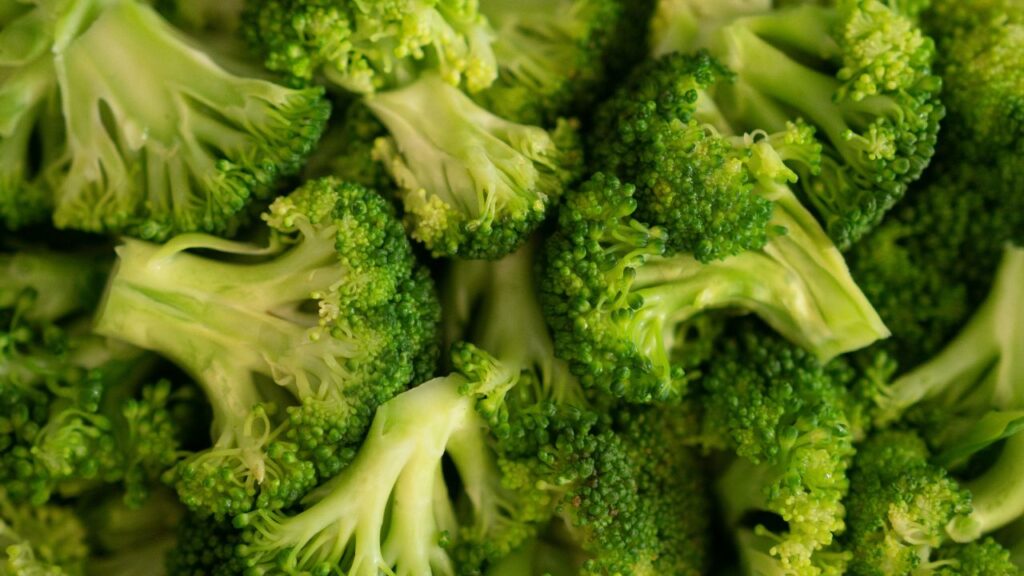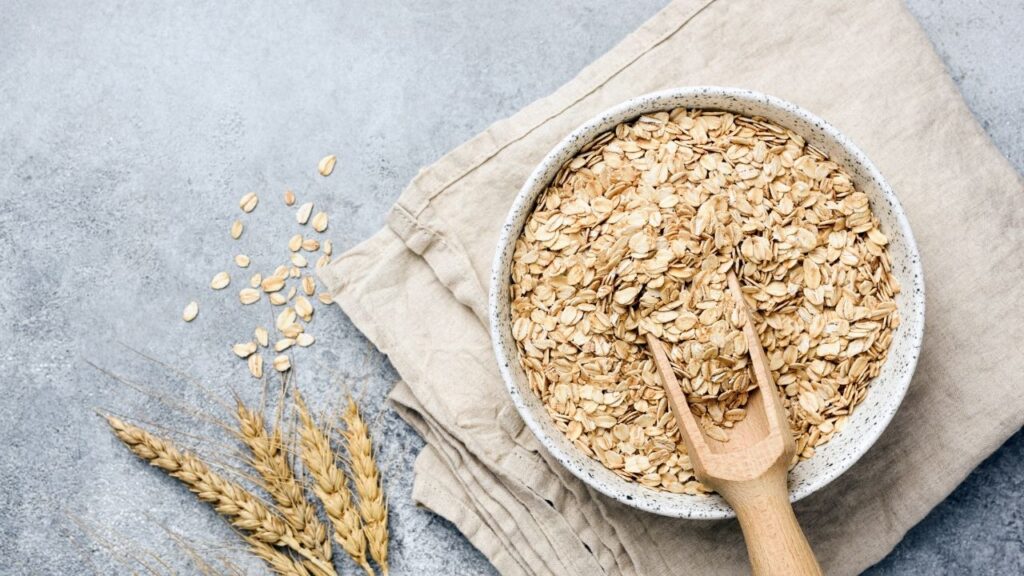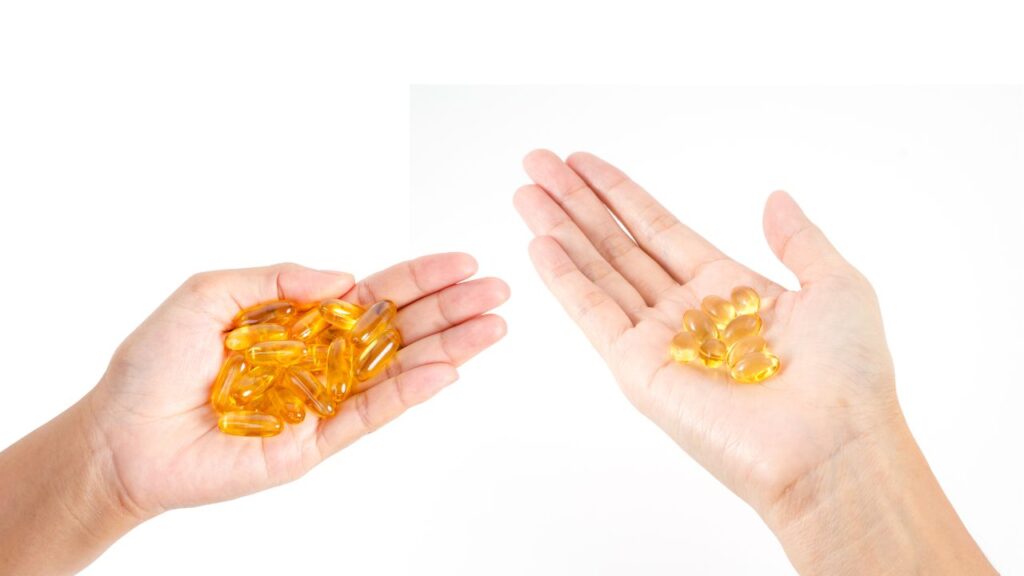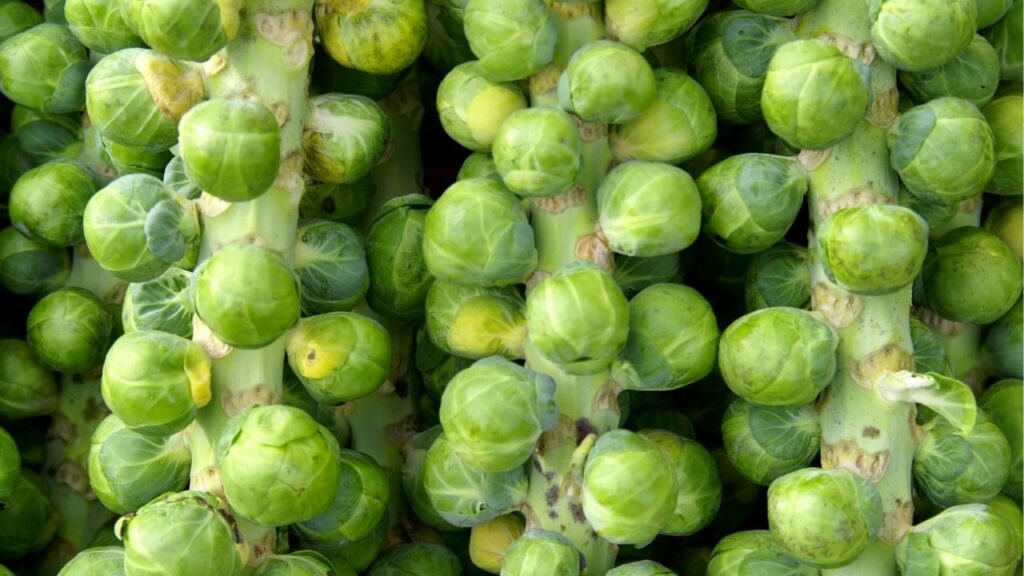These legumes are not only a great addition to your dog’s diet as a source of low-carbohydrate vegetables and dietary fiber, but they may also boost the immune system and are a good part of a cancer support diet due to their antioxidative effects.
Key Takeaways
- Dogs can eat sprouted mung beans, but they should always be cooked first.
- Mung beans have some anti-inflammatory properties.
- The benefits of mung beans for dogs include helping to regulate the immune system, antioxidants, and providing a great source of protein and fiber.
- Dogs can digest mung beans.
Healthy Legumes
Mung Beans are legumes that are commonly part of Indian, Chinese, and Southeast Asian cuisine.1,2 These small, green beans can be sold fresh, dried, or as bean sprouts. You can find them in grocery stores and health food stores. You can use mung beans for dogs in a healthy and balanced dog cancer diet.
Benefits of Mung Beans for Dogs
Mung beans and other legumes are a great source of protein, dietary fiber, vitamins, and minerals. They also contain useful bioactive compounds such as polyphenols, polysaccharides, and peptides.3
Two types of polyphenols, phenolic acids and flavonoids, have antioxidant properties.4 Polysaccharides in mung beans also have antioxidant effects. In addition, there is evidence that polysaccharides prepared from mung bean extract can help regulate immune system activity. The peptides found in mung beans have also been studied for their antioxidant and anti-cancer effects.9,11,12
In addition to the anti-cancer and antioxidant properties of mung beans, studies have found they have a number of other health benefits. They can:13,16,17,18
- Help decrease blood sugar and lipids in the body
- Help decrease blood pressure
- Combat inflammation
- Help with pain control
- Protect the liver
As you can imagine, all of these properties can be helpful for our dogs with cancer!
When to Not Give Mung Beans to Dogs
There are no known food-drug interactions for mung beans at this time. As long as they are cooked properly, they should be perfectly safe for most dogs to eat.
How to Prepare Mung Beans
Mung beans are commonly sold as whole dried beans and as raw mung bean sprouts. They can also be found as sprouted mung beans.
Dried mung beans can be soaked and boiled.
Sprouts in any form should always be cooked. Do not feed pets raw mung bean sprouts, raw sprouted mung beans, or any raw vegetable sprouts as there is a risk of bacterial contamination. Wash sprouted mung beans or bean sprouts thoroughly and cook before using.19,20
When feeding mung beans as part of a complete and balanced homemade diet, consult with the veterinarian who is formulating the diet for amounts to integrate into your recipe.
If you are adding mung beans as a supplement, do not exceed more than 10% of the kilocalories fed per day to your dog. According to the USDA website, 1 tablespoon of mung beans is around 45 kilocalories. If you are unsure how many kilocalories your dog is eating each day, please contact your veterinarian to assist you in the calculation. They will need to know what brand and formula food your dog is currently eating, as well as how much.
Choosing Mung Beans
If available, organically grown mung beans are preferred as there will be less chemical residue. Additionally, organic agriculture techniques are also designed to be more environmentally sustainable. That said, organic and conventional products should have equal nutritional value and benefits.21
- Dahiya PK, Linnemann AR, Van Boekel MA, Khetarpaul N, Grewal RB, Nout MJ. Mung bean: technological and nutritional potential. Crit Rev Food Sci Nutr. 2015;55(5):670-688. doi:10.1080/10408398.2012.671202
- Ganesan K, Xu B. A critical review on phytochemical profile and health promoting effects of mung bean (Vigna radiata). Food Science and Human Wellness. 2018;7(1):11-33. doi:10.1016/j.fshw.2017.11.002
- Hou D, Yousaf L, Xue Y, et al. Mung Bean (Vigna radiata L.): Bioactive Polyphenols, Polysaccharides, Peptides, and Health Benefits. Nutrients. 2019;11(6):1238. Published 2019 May 31. doi:10.3390/nu11061238
- Giusti F, Caprioli G, Ricciutelli M, Torregiani E, Vittori S, Sagratini G. Analysis of 17 polyphenolic compounds in organic and conventional legumes by high-performance liquid chromatography-diode array detection (HPLC-DAD) and evaluation of their antioxidant activity. Int J Food Sci Nutr. 2018;69(5):557-565. doi:10.1080/09637486.2017.1399258
- Lee JH, Jeon JK, Kim SG, Kim SH, Chun T, Imm JY. Comparative analyses of total phenols, flavonoids, saponins and antioxidant activity in yellow soy beans and mung beans. International Journal of Food Science & Technology. 2011;46(12):2513-2519. doi:10.1111/j.1365-2621.2011.02775.x
- Ketha K, Gudipati M. Immunomodulatory activity of non starch polysaccharides isolated from green gram (Vigna radiata). Food Research International. 2018;113:269-276. doi:10.1016/j.foodres.2018.07.010
- Yao Y, Zhu Y, Ren G. Immunoregulatory activities of polysaccharides from mung bean. Carbohydrate Polymers. 2016;139:61-66. doi:10.1016/j.carbpol.2015.12.001
- Yao Y, Zhu Y, Ren G. Antioxidant and immunoregulatory activity of alkali-extractable polysaccharides from mung bean. International Journal of Biological Macromolecules. 2016;84:289-294. doi:10.1016/j.ijbiomac.2015.12.045
- Sonklin C, Laohakunjit N, Kerdchoechuen O. Assessment of antioxidant properties of membrane ultrafiltration peptides from mungbean meal protein hydrolysates. PeerJ. 2018;6:e5337. Published 2018 Jul 27. doi:10.7717/peerj.5337
- Xie J, Du M, Shen M, Wu T, Lin L. Physico-chemical properties, antioxidant activities and angiotensin-I converting enzyme inhibitory of protein hydrolysates from Mung bean (Vigna radiate). Food Chem. 2019;270:243-250. doi:10.1016/j.foodchem.2018.07.103
- Wongekalak L, Sakulsom P, Jirasripongpun K, Hongsprabhas P. Potential use of antioxidative mungbean protein hydrolysate as an anticancer asiatic acid carrier. Food Research International. 2011;44(3):812-817. doi:10.1016/j.foodres.2011.01.043
- Li GH, Le GW, Liu H, Shi YH. Mung-bean Protein Hydrolysates Obtained with Alcalase Exhibit Angiotensin I-converting Enzyme Inhibitory Activity. Food Science and Technology International. 2005;11(4):281-287. doi:10.1177/1082013205056781
- Liyanage R, Kiramage C, Visvanathan R, et al. Hypolipidemic and hypoglycemic potential of raw, boiled, and sprouted mung beans (Vigna radiataL. Wilczek) in rats. Journal of Food Biochemistry. 2017;42(1):e12457. doi:10.1111/jfbc.12457
- Gupta N, Srivastava N, Bhagyawant SS. Vicilin-A major storage protein of mungbean exhibits antioxidative potential, antiproliferative effects and ACE inhibitory activity. PloS One. 2018;13(2):e0191265. doi:10.1371/journal.pone.0191265
- Xie J, Du M, Shen M, Wu T, Lin L. Physico-chemical properties, antioxidant activities and angiotensin-I converting enzyme inhibitory of protein hydrolysates from Mung bean (Vigna radiate). Food Chem. 2019;270:243-250. doi:10.1016/j.foodchem.2018.07.103
- Ali NM, Mohd Yusof H, Yeap SK, et al. Anti-Inflammatory and Antinociceptive Activities of Untreated, Germinated, and Fermented Mung Bean Aqueous Extract. Evidence-based Complementary and Alternative Medicine : eCAM. 2014;2014:350507. doi:10.1155/2014/350507
- Chai WM, Wei QM, Deng WL, et al. Anti-melanogenesis properties of condensed tannins from Vigna angularis seeds with potent antioxidant and DNA damage protection activities. Food & Function. 2019;10(1):99-111. doi:10.1039/C8FO01979G
- Lopes L, Martins M, Farias L, et al. Cholesterol-Lowering and Liver-Protective Effects of Cooked and Germinated Mung Beans (Vigna radiata L.). Nutrients. 2018;10(7):821. doi:10.3390/nu10070821
- Food Safety During Cancer Treatment. www.cancer.org. https://www.cancer.org/treatment/survivorship-during-and-after-treatment/coping/nutrition/weak-immune-system.html
- John H. Seed and Bean Sprouts | Food Safety. Published January 11, 2022. Accessed December 22, 2022. https://foodsafety.uconn.edu/seed-and-bean-sprouts/
- Mayo Clinic Staff. Are organic foods worth the price? Mayo Clinic. Published April 8, 2020. https://www.mayoclinic.org/healthy-lifestyle/nutrition-and-healthy-eating/in-depth/organic-food/art-20043880
- Zhang X, Shang P, Qin F, et al. Chemical composition and antioxidative and anti-inflammatory properties of ten commercial mung bean samples. LWT – Food Science and Technology. 2013;54(1):171-178. doi:10.1016/j.lwt.2013.05.034
Topics
Did You Find This Helpful? Share It with Your Pack!
Use the buttons to share what you learned on social media, download a PDF, print this out, or email it to your veterinarian.






